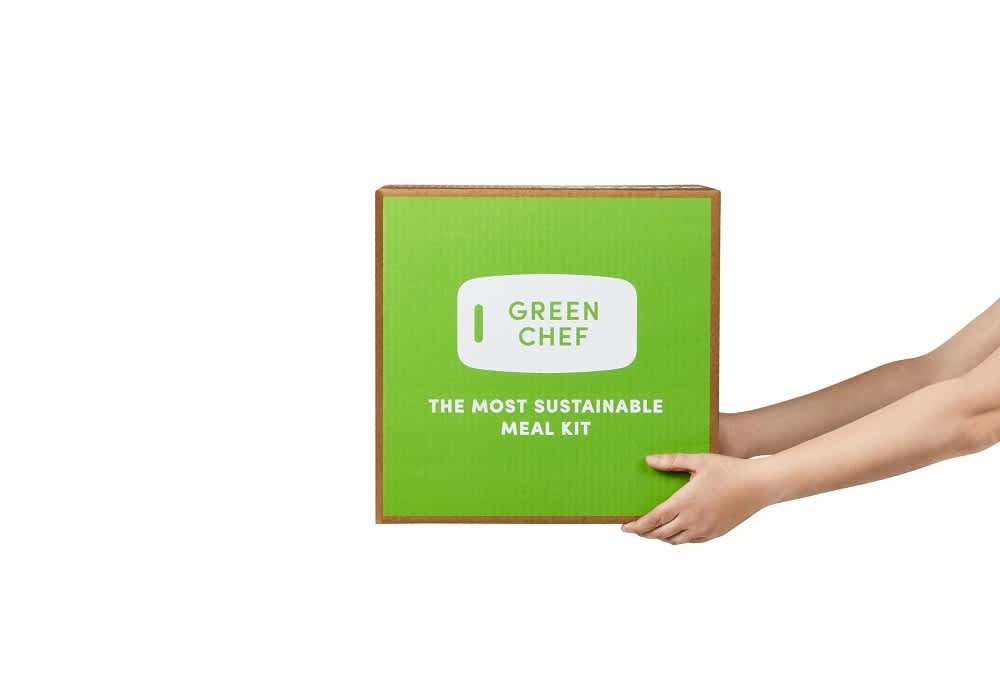
Paleo Dieting 101: The Paleo Diet vs. Other Diets
Finding the right diet for you: Paleo compared with other diets
The Paleo Diet
First Things First: What Is the Paleo Diet?
So, what is the paleo diet? Broadly, the driving idea behind paleo diet is to ditch modern day processed foods and feed ourselves as our hunter-gatherer ancestors did thousands of years ago. The paleo diet focuses on whole foods that are easy to digest and supply a high nutritional density, like fresh veggies and fruits as well as fish, lean meats, eggs, nuts, and seeds. Spices, oils derived from nuts and fruit, as well as natural sweeteners like raw honey or maple syrup, are also part of the diet.
On the flip side, anything that requires processing is off the table. So say goodbye to dairy and grains as well as any additives or chemicals. You should also avoid sugar, high-fructose corn syrup, and artificial sweeteners like aspartame and saccharin – and anything containing them. Vegetable oils, margarine, and trans fats are also a no-go.
In summary, the paleo diet emphasizes whole foods with minimal processing, and eliminates processed foods along with grains and legumes in order to improve overall health. Be sure to focus on the quality of your products. Shop organic and grass-fed if possible!
So how does this differ from other popular diets? Let’s find out.
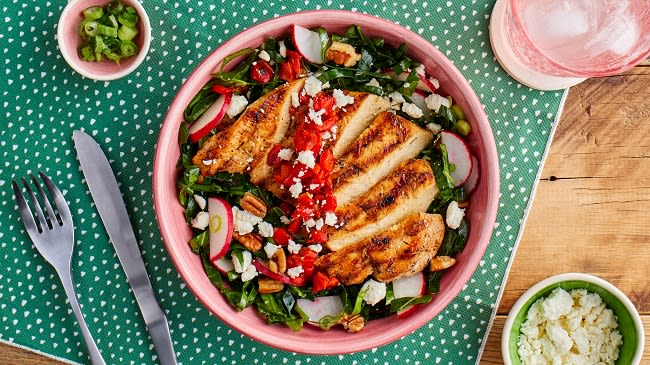
Paleo vs. Keto: What’s the Difference?
On first glance, the paleo diet and keto diet are quite similar: Both exclude grains and all grain byproducts like bread and pasta as well as sugar in all forms, and both diets put an emphasis on whole foods like vegetables, nuts, fish, and meat. There are plenty of recipes out there that are both keto and paleo friendly (roasted chicken with broccoli, for example), but here is the major difference: keto is much stricter. The main focus of the keto diet is to shift your body’s dependence from carbs to fat for energy in order to put your body into a state of ketosis. You have to drastically reduce your carbohydrate intake and up your fat intake in order to enter – and maintain – ketosis. This means you really have to count your carbohydrate as well as fat intake every day, otherwise your body won’t go into ketosis, defeating the whole purpose of the keto diet!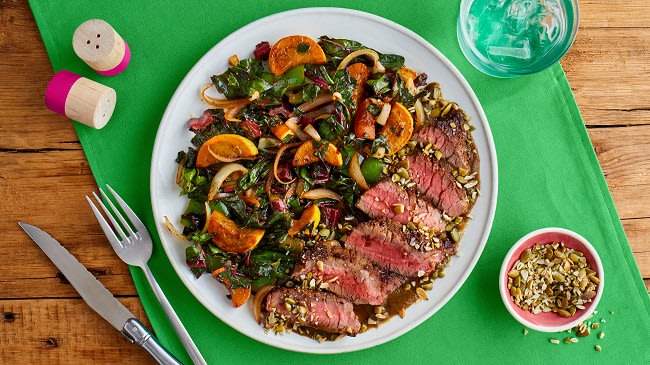
Both diets are effective at helping you lose weight and improving overall health, but the paleo diet is much more adaptable to your everyday life since it is less strict than the keto diet.
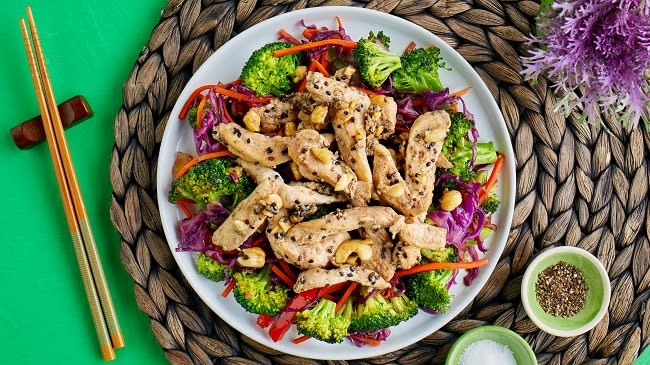
Paleo vs. Atkins: What’s the Difference?
Another popular low-carb diet is the Atkins diet. Devised by Robert C. Atkins, the book to accompany the diet was a best-seller in the early 2000s. The differences between paleo and Atkins are quite similar to those between paleo and keto. On the Atkins diet, you must drastically lower your carb intake. The initial phase of the diet limits your carb intake to less than 20 grams a day. However, unlike paleo, the Atkins diet then allows you to slowly add more and more carbs to the mix during a further three phases. The paleo diet does allow certain fruits and vegetables that are off limits to Atkins followers due to their carb content. Nevertheless, there are plenty of recipes that are both paleo and Atkins friendly!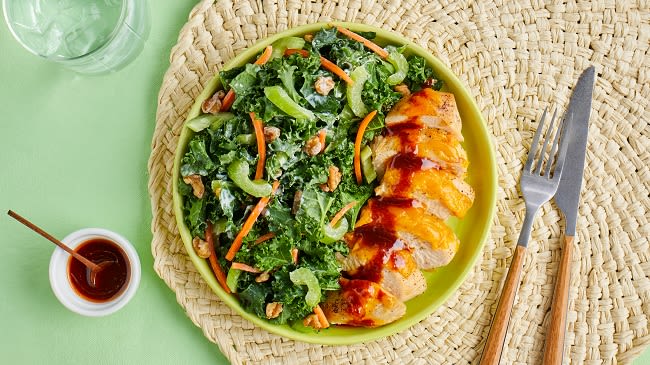
Paleo vs. Whole30: What’s the Difference?
The guiding principle behind the popular Whole30 diet is to help you identify food intolerances. The idea is to follow a strict diet for 30 days and then gradually add foods back in, staying aware of how your body reacts. The 30 day phase, like paleo, focuses on whole foods. There are quite a few Whole30/paleo recipes out there and the two work together nicely. The significant difference here, though, is that the Whole30 becomes less strict after its initial stage. In fact, the whole point is to add foods back in once you know how your body reacts to them. The paleo diet always keeps the same rules, making it more of a lifestyle than a diet in this case.
Paleo vs. Mediterranean Diet: What’s the Difference?
The Mediterranean diet has been around for decades and is one of the most popular diets out there. It is, in a way, less strict than the paleo diet. Both focus on whole foods like veggies, fish, and lean meats, but the Mediterranean allows for whole grains, low-fat dairy, legumes, and the occasional sweet treat, pasta dish, or glass of wine. Like paleo, the Mediterranean diet steers clear of processed foods and refined flour and sugar. When it comes to choosing between paleo vs Mediterranean, you’ll find that the basic building blocks of the two diets – fresh, high-quality, unprocessed food – are quite similar. The choice usually boils down to whether you can handle the restrictions of the paleo diet.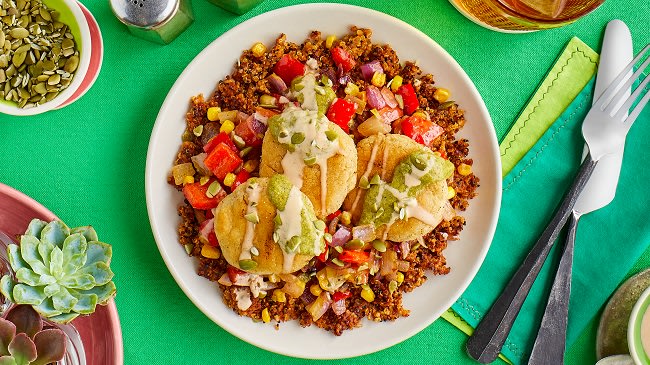
Paleo vs. Vegan: What’s the Difference?
The paleo and vegan lifestyles are not at odds with each other! In fact, the two can go quite well together since the main focus of the two is the same: eat plenty of whole foods like fruits and vegetables. But here is the big difference: a plant-based lifestyle means eating no animal products or byproducts. Paleo dieters get their protein from meat, fish, and eggs, all of which are forbidden for vegans. It is important, then, for vegans to include certain grains like quinoa and amaranth which are low-carb, high-protein sources, and many modified paleo plans also include these grains. Vegan/paleo options are plentiful, so be sure to give it a try.